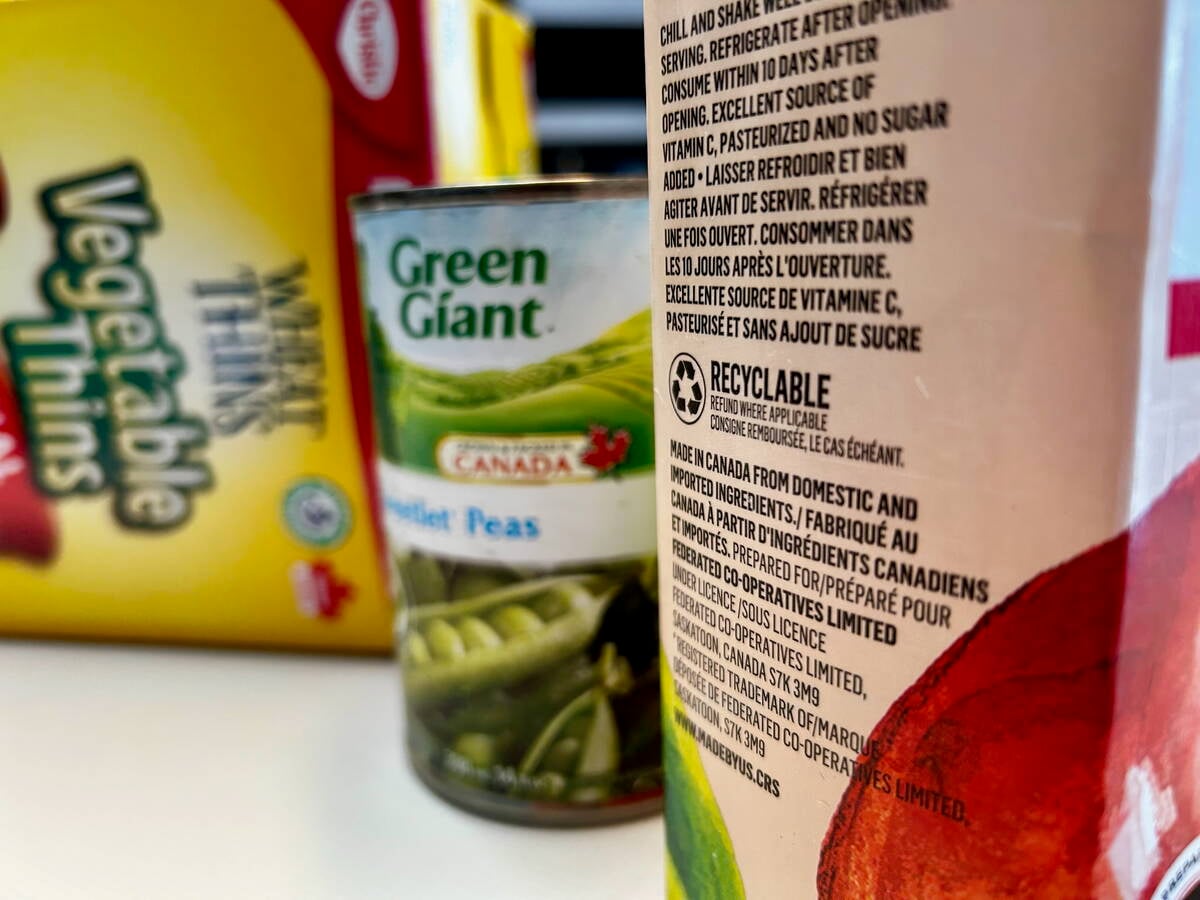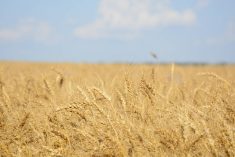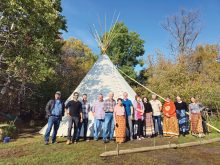Justin Trudeau has promised to end boil-water advisories on First Nations, but some could fix the problem themselves by working with neighbours if First Nations controlled their land, says University of Guelph agricultural economist and McCain Family Chair in Food Security, Brady Deaton.
“With respect to land, I am arguing the Indian Act basically removes appropriate jurisdiction (over land use decisions) from First Nations to the federal government,” Deaton, the 2017 University of Manitoba Kraft Lecturer, said during a presentation Oct. 25. “It does not allow First Nations to basically get into the promise of exchange… and therefore constrains economic development.
Read Also

Unclear food labels hinder Canada’s ‘buy local’ surge
“Maple-washing” on Canadian food packaging makes label claims hard to keep straight and hurts both farmers and consumers trying to buy Canadian, economist says.
Earlier in the lecture, Deaton said if communities have the autonomy to voluntarily engage in trade or other economic activities, both parties can benefit. He pointed to his children after collecting candy Halloween night.
“They would come into the house with a fixed set of resources and sit down with each other and… they would trade (candy),” he said. “Their happiness, if you will, was made greater with a fixed set of resources by the exchange.”
They started with two key assumptions. One was that the candy they collected was their property. That’s important because they could’ve opted to dump their candy in one pile and share it. Secondly, they each had control over the decision to trade or not to trade.
No control
The Indian Act, first proclaimed in 1876, requires that First Nations get the federal government’s approval before doing almost anything on their reserves, including negotiating water-sharing agreements.
Only about seven per cent of Manitoba First Nations currently get water from nearby jurisdictions, Deaton said.
Deaton suspected at the onset of his research that the rate of boil-water orders on First Nations with water-sharing agreements would be lower. His research confirmed it, finding an 11 percentage point decline.
Deaton estimates 13 per cent of Canadian First Nations could get water from nearby municipalities, if they had the legal authority to do so.
The strategy would be less effective for isolated First Nations and those with a low population density, Deaton said.
There are about 600 First Nations in Canada and most are “homogenized” under the Indian Act, he said.
“It’s a nightmare because any changes in the rules that govern the land are not decided at the First Nations level,” Deaton said. “It has to have the approval of the federal government.
“Institutional rigidity with respect to the land issues I am arguing has constrained broadly economic development and the transaction costs with respect to land.”
Glacial pace
Changes are coming, but slowly. In 1996 the Framework Agreement on First Nation Land Management was developed to give First Nations the option to manage their own land and resources, but not sell their land.
“First Nations (that participate in the framework) will now be in a position to maintain effective intergovernmental relationships with municipal, provincial and federal jurisdictions, and be recognized as such by the courts,” Deaton said.
There’s a lengthy, transparent process First Nations must go through before signing the framework, he added.
Around 72 First Nations operate under the framework now. Another 53 are in the development stage.
“It is my claim, as well as other scholars, when institutions harmonize relationships between people with respect to things so it expands trade over increasing distances, with increasingly unfamiliar agents, that it’s an important component that not only leads to growth but improvement in human well-being,” Deaton said. “But when those institutions fail to do that, when they have a pernicious effect, when instead of co-operation and harmonization, there is dispute and conflict, then the effect is diminishing and localized exchanges that occur do not enhance health and welfare.”
African roots
Deaton’s interest in the role of institutions and regulations began in 1992 when working for the American Peace Corps., in Lesotho, South Africa. His project was to help set up rotation livestock grazing. It was believed improved livestock production and better local soil conditions would make the local people better off. But the grazing area fell under the authority of four different chiefs.
“These chiefs didn’t get along… and this project was a complete failure,” Deaton said.
He learned from that failure when working on his next assignment in a poor, rural area in eastern Kentucky’s Appalachia Mountains. Even though it was rural there were urban-like concentrations of homes, but without sewer and water infrastructure.
“When you flushed the toilet everything went straight into the stream… and this was leading to high fecal coliform counts in the river leading to drinking water quality problems,” Deaton said.
Nearby cities could extend their water and sewer services, but for a number of reasons, hadn’t.
“So we created, if you will, a new institution — a county-wide water and sewer district, to lead the existing municipalities to expand their water systems to regions like this,” he said. “Today there are close to 1,000 houses on water in this region because of the institutional innovation of the country water and sewer district.
“There were these gains from mutual co-operation from the exchange of services.”
The role of institutions and regulations in economics isn’t new. The late University of Manitoba agricultural economist the lecture series honours wrote about them.
“Clearly the institutional rigidities associated with regulations, standards and non-transferable status rights should continually be drawn to policy-makers…” Kraft wrote in 1991, Deaton noted.
“The most enduring intellectual capital that agricultural economists can provide to resolve sustainable agricultural issues will be through improved institutional arrangements. Now let us show our creativity by proposing new, imaginative institutional arrangements…”
Ag economics, farmers and First Nations
How did universities come to have Departments of Agricultural economics? And should this model be mirrored for Canada’s Indigenous population for similar reasons?
The first point is a question Brady Deaton, a University of Guelph agricultural economist, McCain Family Chair in Food Security and this year’s University of Manitoba Kraft Lecturer, put to T.K. (Sandy) Warley, a former head of the University of Guelph’s agricultural economics department.
Warley said they came about because rural people, including farmers, weren’t doing as well as others in society.
“I think about that a lot because the farm population today, with the families of the farm population is about 600,000, and those people are doing, thanks to the research that we continue doing, pretty good,” Deaton said. “They (farmers) would be comparable (now) to other people in terms of their income. We have twice as many… Indigenous people who seem to fit the mandate Sandy Warley suggested — a group of rural people, rural businesses and rural communities… that aren’t doing as well as other people.”
















